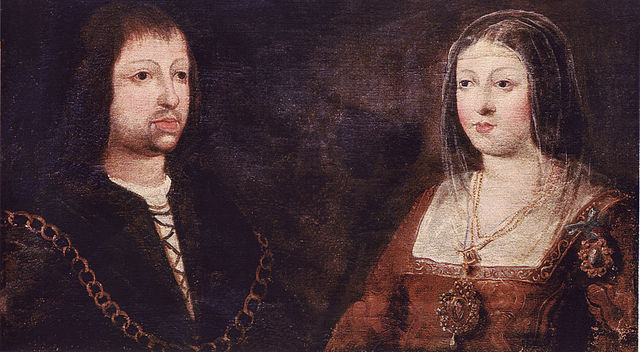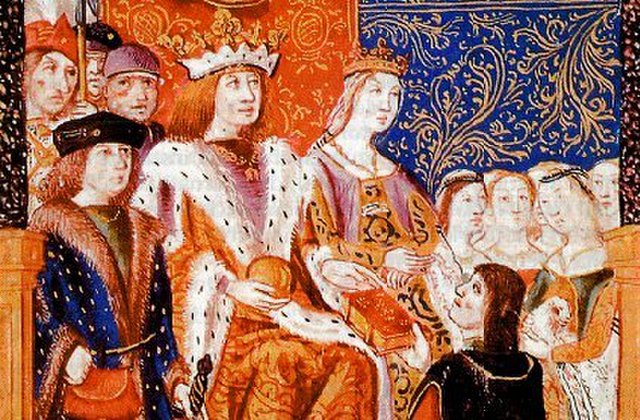The Alhambra Decree was an edict issued on 31 March 1492, by the joint Catholic Monarchs of Spain ordering the expulsion of practising Jews from the Crowns of Castile and Aragon and its territories and possessions by 31 July of that year. The primary purpose was to eliminate the influence of practising Jews on Spain's large formerly-Jewish converso New Christian population, to ensure the latter and their descendants did not revert to Judaism. Over half of Spain's Jews had converted as a result of the religious persecution and pogroms which occurred in 1391. Due to continuing attacks, around 50,000 more had converted by 1415. A further number of those remaining chose to convert to avoid expulsion. As a result of the Alhambra decree and persecution in the years leading up to the expulsion of Spain's estimated 300,000 Jewish origin population, a total of over 200,000 had converted to Catholicism to remain in Spain, and between 40,000 and 100,000 remained Jewish and suffered expulsion. An unknown number of the expelled eventually succumbed to the pressures of life in exile away from formerly-Jewish relatives and networks back in Spain, and so converted to Catholicism to be allowed to return in the years following expulsion.:17

A service in a Spanish synagogue, from the Sister Haggadah (c. 1350). The Alhambra Decree would bring Spanish Jewish life to a sudden end.
Expulsion of the Jews from Spain in 1492 by Emilio Sala Francés
A signed copy of the Edict of Expulsion
Catholic Monarchs of Spain
The Catholic Monarchs were Queen Isabella I of Castile and King Ferdinand II of Aragon, whose marriage and joint rule marked the de facto unification of Spain. They were both from the House of Trastámara and were second cousins, being both descended from John I of Castile; to remove the obstacle that this consanguinity would otherwise have posed to their marriage under canon law, they were given a papal dispensation by Sixtus IV. They married on October 19, 1469, in the city of Valladolid; Isabella was 18 years old and Ferdinand a year younger. It is generally accepted by most scholars that the unification of Spain can essentially be traced back to the marriage of Ferdinand and Isabella. Their reign was called by W.H. Prescott "the most glorious epoch in the annals of Spain".
Wedding portrait of Queen Isabella I of Castile (right) and King Ferdinand II of Aragon (left), married in 1469
Ferdinand and Isabella with their subjects
Crowns and Kingdoms of the Catholic Monarchs in Europe (c. 1500)
Virgin of the Catholic Monarchs (c. 1491–93). The Virgin Mary (center), with St Thomas Aquinas symbolically holding the Catholic Church and St Domingo de Guzmán, Spanish founder of the Dominican Order, with a book and a palm frond. Ferdinand is with the prince of Asturias and the inquisitor; Isabella with their daughter, Isabel de Aragón.







